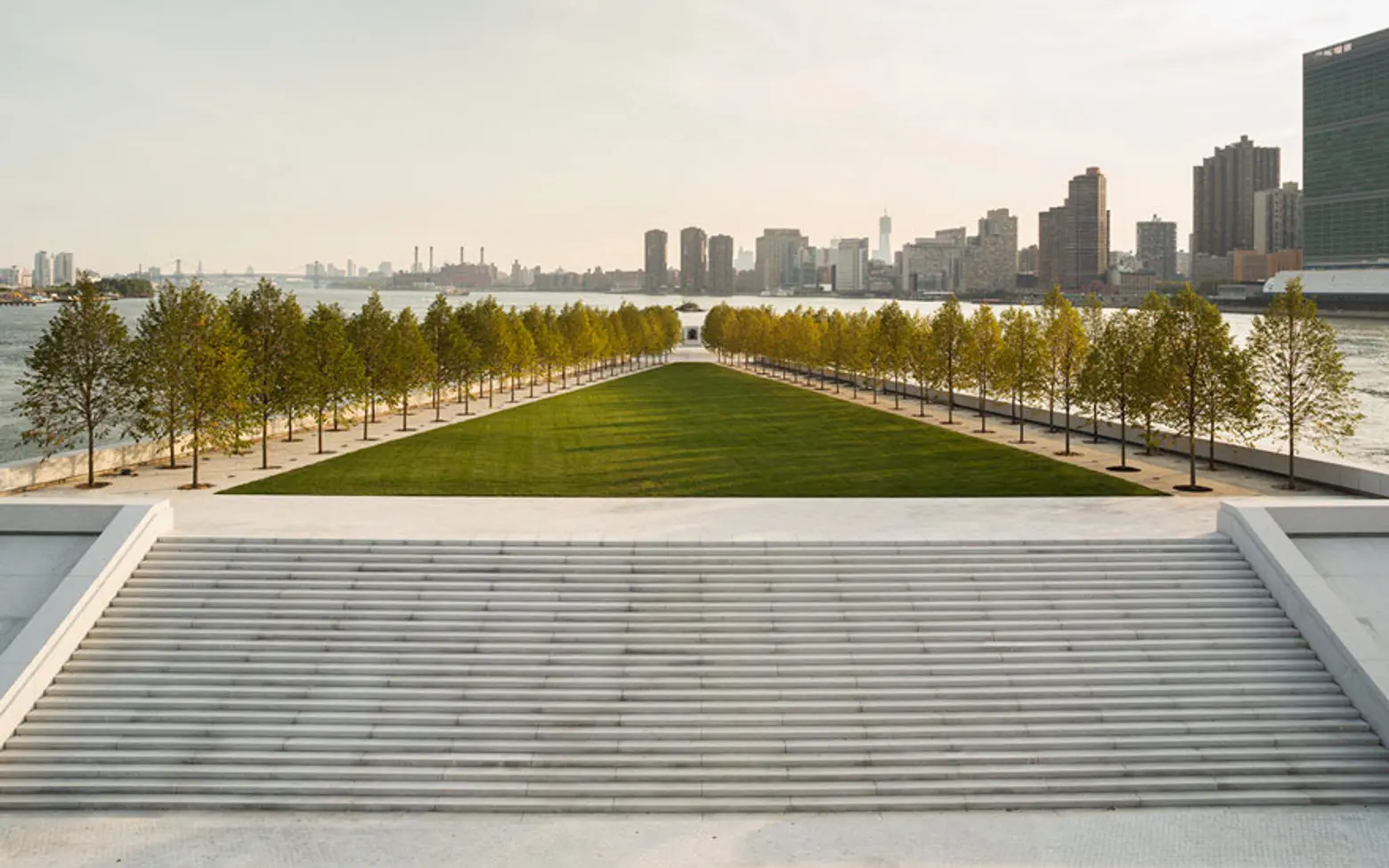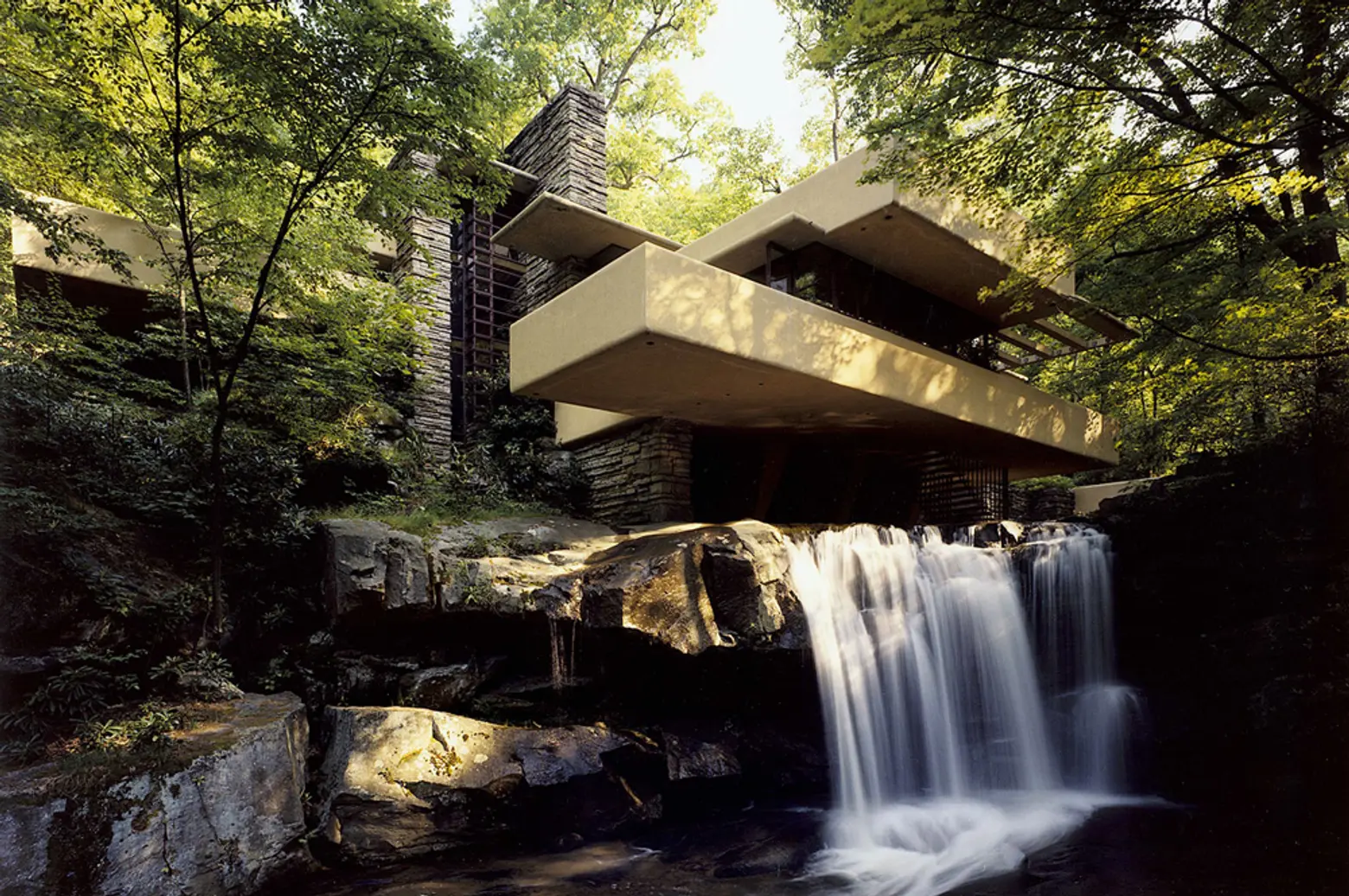Your Brain on Architecture: Neuroscientific Proof That Design Matters

If there were ever a case to hire an architect and not skimp on design, a new study revealing that certain styles of architecture can have a measurable effect on one’s mental state might be a good foundation. The new research, conducted by a team of architects and neuroscientists, uses a fMRI to capture the effects of architecture on the brains of a set of subjects as they thumb through images of “contemplative architecture” such as churches and temples. The fact that architecture can have an impact on well-being may be a “duh” conclusion to you, but for most it is not. And this architectural neuroscience team is making it their goal to turn the way in which individuals experience slight nuances in our built environment into scientific observations that can be applied to the design of buildings and urban planning.
 Louis Kahn’s Four Freedoms Park on Roosevelt Island. © Paul Warchol
Louis Kahn’s Four Freedoms Park on Roosevelt Island. © Paul Warchol
The group at the center of the study consisted of 12 architects, all white, all right-handed—a choice made to ensure that factors unrelated to the images presented to them wouldn’t be an influence. During tests, the group thumbed through numerous images that ranged from the Guggenheim in Bilbao, the Louvre in Paris, the Salk Institute in La Jolla and Frank Lloyd Wright’s Falling Water. As the team tracked the brains of their subjects, they found that contemplative architecture had very similar effects to personal meditation—though with far less effort required on the part of the person experiencing it.
However, The Atlantic, who discusses the study in depth, writes that “the decision to use architects was a strategic one meant to increase the researchers’ chances of achieving conclusive results.” Or, in effect, loaded results that would support additional funding for future studies. The research team wasn’t shy about that fact, but they also pressed that although we all experience architecture, studies on the built environment lack funding because “it’s difficult to suggest that people are dying from it.” Getting the right results–which highly susceptible architects will deliver–is a necessary step to moving the study to eventually involve regular folks.
 Frank Lloyd Wright’s Falling Water
Frank Lloyd Wright’s Falling Water
Regardless, what they’ve come up with so far is promising. Their provisional conclusions reveal that the brain does, in fact, behave differently when exposed to contemplative versus non-contemplative buildings, and that design has an impact. With this as a launching pad, it may one day be possible to determine which architectural variations–such as ceiling heights or sidewalk widths–are conducive to eliciting specific behavioral results in a population.
More about the advancement of architectural neuroscience can be read over at The Atlantic.
Image via Buffer App
[Via The Atlantic]



























